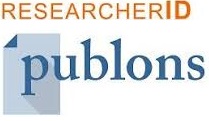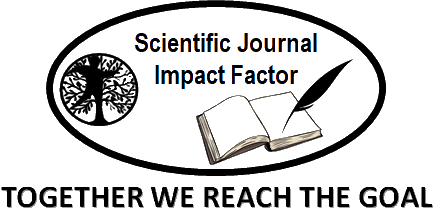The Effect of Personal Fable on Cyberbullying Tendencies Among Junior High School Students in Medan
Abstract
The digital era has transformed adolescent social interactions, introducing new risks such as cyberbullying. Adolescents are particularly vulnerable to engaging in or becoming victims of online aggression due to developmental factors, including cognitive and emotional immaturity. This study aims to examine the effect of personal fable on cyberbullying tendencies among adolescents. A quantitative approach was used with 235 students from SMP Negeri 31 Medan as participants. Instruments used include the adapted New Personal Fable Scale (Lapsley et al.) and a researcher developed cybberbullying scale based on Willard's typology. The data obtained were then processed using simple regression analysis. The results indicate a significant positive relationship between personal fable and cyberbullying tendencies. These findings suggest that adolescents with high levels of personal fable are more prone to engage in online aggressive behavior due to a heightened sense of uniqueness and perceived immunity from consequences. The findings are expected to contribute to educational psychology by providing insights for developing effective interventions in schools.
Keywords
Full Text:
PDFReferences
Azwar, S. (2015). Metode penelitian. Pustaka Pelajar.
Bayar, Y. B., Yılmaz, E., & Çelik, Ç. B. (2023). The role of personal fable in cyberbullying and cyber victimization. Child Indicators Research, 16(2), 453–470. https://doi.org/10.1007/s12187-022-09956-5
Elkind, D. (1967). Egocentrism in adolescence. Child Development, 38(4), 1025–1034. https://doi.org/10.2307/1127100
Lapsley, D. K., & Stey, P. C. (2011). On the virtues of an experimental moral psychology. Review of General Psychology, 15(3), 189–195. https://doi.org/10.1037/a0024625
Lapsley, D. K., FitzGerald, D. P., Rice, K. G., & Jackson, S. (1989). Separation-individuation and the “New Look” at the imaginary audience and the personal fable: A test of an integrative model. Journal of Adolescent Research, 4(4), 483–505. https://doi.org/10.1177/074355488944005
Li, J., Wang, C., & Zhao, X. (2023). Personal fable, moral disengagement, and adolescent aggression in digital contexts. Journal of Adolescence, 98, 34–43. https://doi.org/10.1016/j.adolescence.2022.12.004
Patchin, J. W., & Hinduja, S. (2015). Measuring cyberbullying: Implications for research. Aggression and Violent Behavior, 23, 69–74. https://doi.org/10.1016/j.avb.2015.05.013
Samsudin, H., Rahman, H. A., & Haron, M. (2024). The psychological impact of cyberbullying on adolescents: A review. Malaysian Journal of Psychiatry, 33(1), 1–9. https://doi.org/10.50868/mjp2024.33.1.001
UNICEF. (2020). Ending violence in schools: An investment case. https://www.unicef.org/reports/ending-violence-in-schools
Wang, Y., & Ge, T. (2020). The mediating role of moral disengagement in the relationship between narcissism and cyberbullying among adolescents. Children and Youth Services Review, 108, 104658. https://doi.org/10.1016/j.childyouth.2019.104658
Widyastuti, A., & Yuniarti, K. W. (2022). Peran personal fable dalam perilaku cyberbullying pada remaja. Jurnal Psikologi, 18(2), 123–132. https://doi.org/10.22146/jpsi.71839
Willard, N. E. (2007). Cyberbullying and cyberthreats: Responding to the challenge of online social aggression, threats, and distress. Research Press.
DOI: http://dx.doi.org/10.52155/ijpsat.v51.2.7332
Refbacks
- There are currently no refbacks.
Copyright (c) 2025 Agustina Simangunsong

This work is licensed under a Creative Commons Attribution 4.0 International License.



















